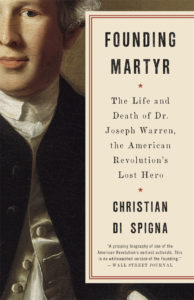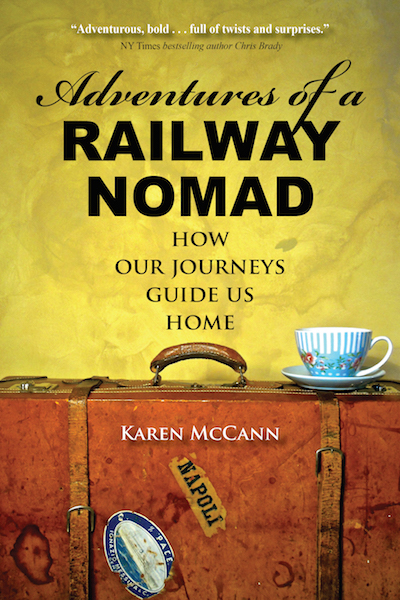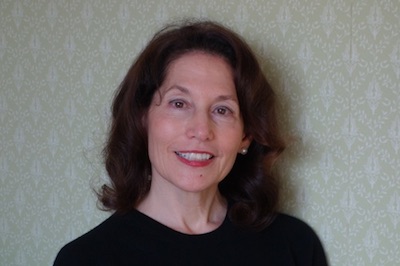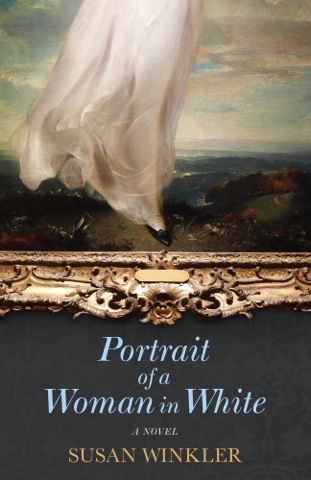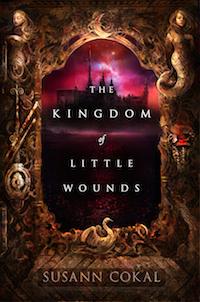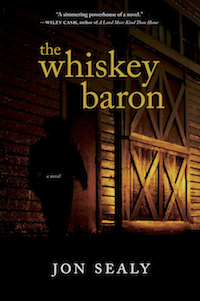The Revolutionary War didn’t start in Concord or even Boston—it had its beginnings earlier and more widespread than what appears in your seventh-grade history book. One of those beginnings was the Pine Tree Riot (or White Pine Rebellion) in New Hampshire. And one of its youngest participants would one day meet Washington.
What was the Pine Tree Riot?
The Crown claimed that white pine trees in colonial forests were the property of the Crown because of their use as masts on Royal Navy ships. The sawyers (those who made their living working timber) in New Hampshire disagreed, resulting in one of the first fights in the Colonies.
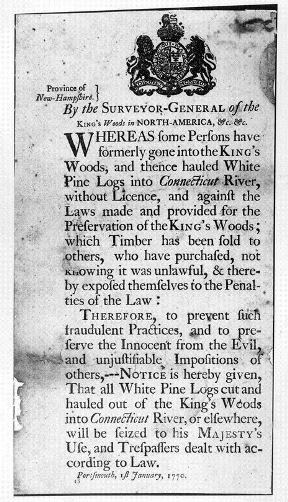
What started the Pine Tree Riot?
One of the leaders among the sawyers, Ebenezer Mudgett, had been arrested days before for possession of white pine logs without the Crown’s mark.
The sawmills banded together and arrested the local Crown sheriff, surprising him in bed early in the morning. The sheriff grabbed his pistols, but when momentarily distracted he was overcome by the mob, his horse’s tail clipped, and he was run out of the county.
Muggeridge was also a ringleader in the rebellion. He and his adopted son, Billy Simpson, fled the county for a time in fear of redcoat retribution.
The account of the event appeared in the New Hampshire Gazette, on April 24, 1772. The event and Billy will be featured in my upcoming book, A Drummer Boy for Washington.
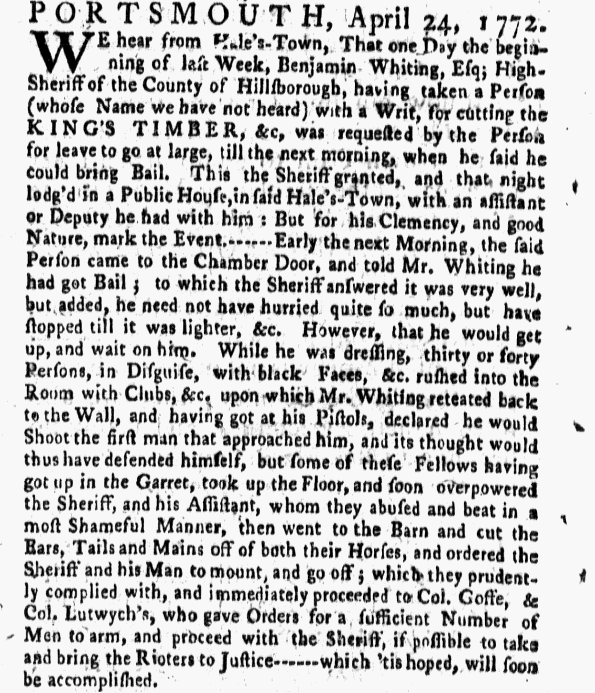
Billy Simpson Beyond the Riot
Early in the American Revolution, Billy Simpson became a member of George Washington’s Honor Guard, a group charged with defending Washington in battles. Billy met Washington as a protégé of Nathaniel Folsom, a friend of Mudgett. Simpson was among the youngest of the 180 members of the Guard, serving as a drummer boy. At the time Billy joined, he was only twelve.
Drummer boys did not have a glamorous life. They performed all the drudge work, had to attend school in off-hours, and were in the thick of battle with no weapons (and a rather loud instrument drawing attention to themselves). The Guard, and Billy, were in every battle with Washington until it was disbanded in 1783.
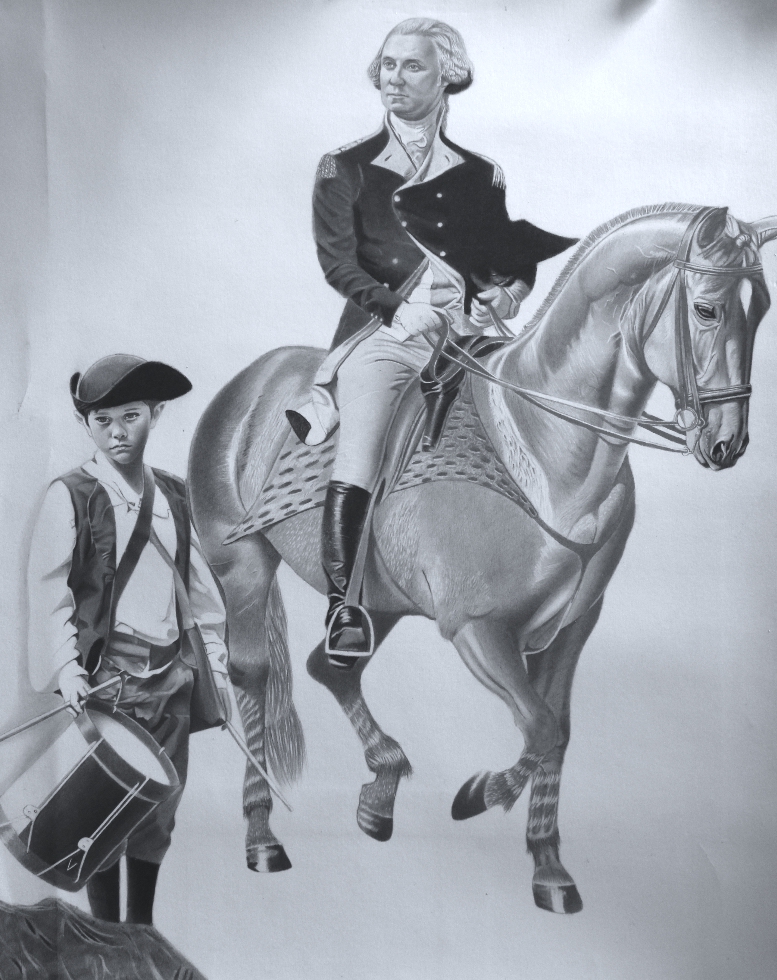
About Michael L. Ross
Michael L. Ross is a lover of history and great stories. A retired software engineer turned author. The Search was his second book in the Across the Great Divide series. Find him and his books online at HistoricalNovelsRUs.

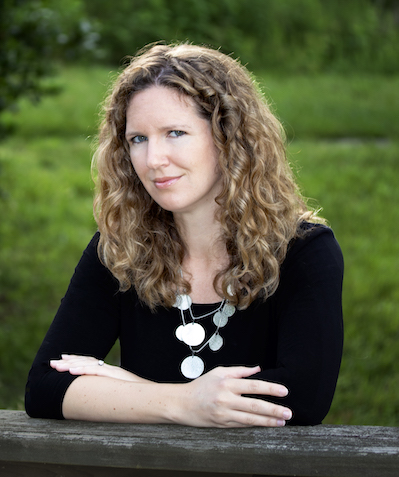 When people think of the American revolution, freedom comes to mind—freedom, liberty, and independence from the necessity of following rules established without any thoughtful representation. But these ideals weren’t and aren’t limited to government. The English language itself went through its own revolution, with founding fathers such as Ben Franklin at the helm here too.
When people think of the American revolution, freedom comes to mind—freedom, liberty, and independence from the necessity of following rules established without any thoughtful representation. But these ideals weren’t and aren’t limited to government. The English language itself went through its own revolution, with founding fathers such as Ben Franklin at the helm here too.
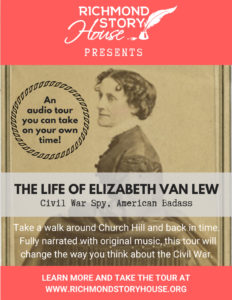
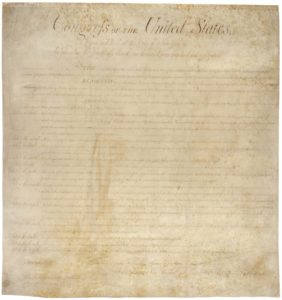

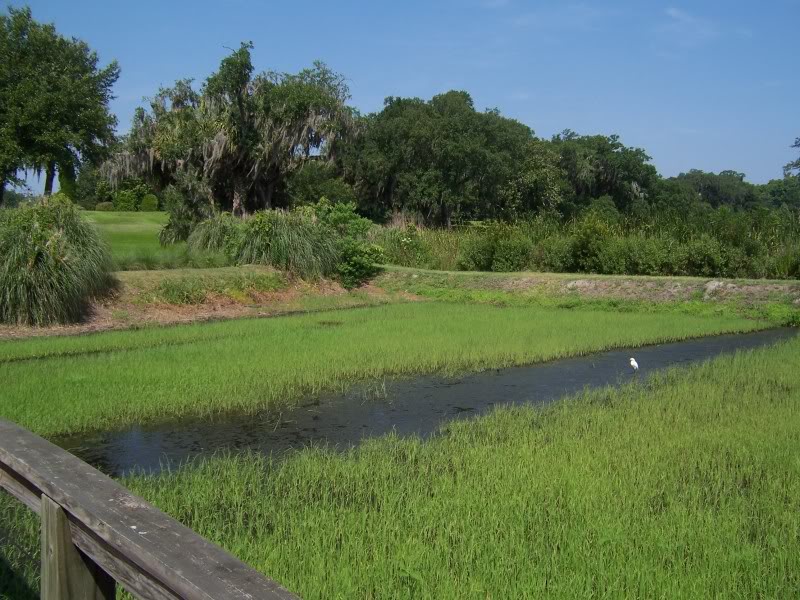
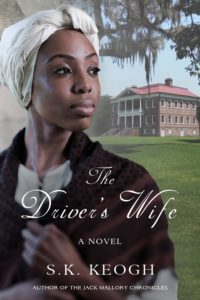 Susan first published a series of novels centered around the adventures of Jack Mallory, a young Englishmen who is both pirate and eventually the patriarch of a large rice plantation in the colonial province of Carolina.
Susan first published a series of novels centered around the adventures of Jack Mallory, a young Englishmen who is both pirate and eventually the patriarch of a large rice plantation in the colonial province of Carolina.